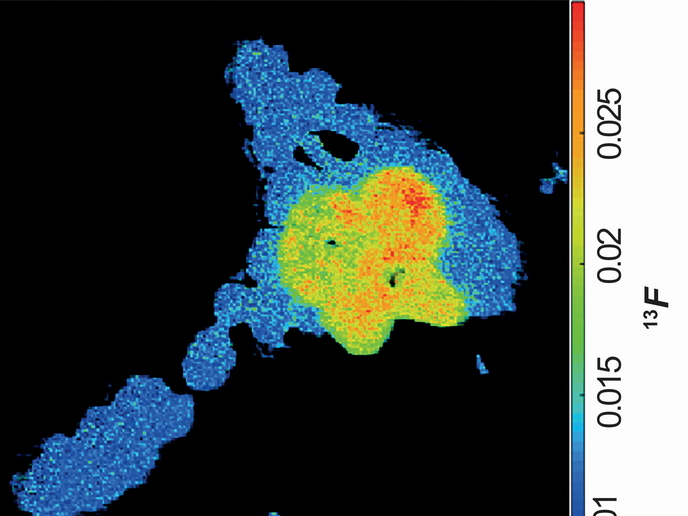Bioplastics sourced from wood
Lignocellulosic biomass is typically nonedible plant material, including dedicated crops of wood and grass, as well as waste material from agroforestry. It is also the single most abundant renewable resource on earth and available all year round. Furthermore, lignocellulosic biomass does not need valuable space in fields as it has no agricultural or nutritional use. It’s noteworthy, that wood can be harvested sustainably from certified forests. In the Nordic countries, more forest is grown than gets harvested each year. Compared to other lignocellulosic feedstocks like straw, wood-based feedstocks for biorefinery have the greatest potential to replace fossil derived compounds in the chemical industry. Establishing competitive value chains based on lignocellulosic feedstock will not only secure an abundant alternative industrial feedstock but also strengthen the competitive position of biobased chemicals and materials compared to their fossil-based counterparts. The EU-funded Horizon 2020 ReTAPP(opens in new window) project investigated the production of fructose sugar using lignocellulosic biomass from hardwood and softwood feedstocks. “Researchers employed enzyme solutions to replace food/starch-based-fructose with wood derived fructose and prepared the entire value chain for launching the product onto the market,” says project coordinator Matti Heikkilä. Better conversion rates The initiative conducted activities in two main areas. The first involved testing, scaling-up and demonstrating the effectiveness of the enzymes as well as the innovative technology developed by project partners in industrial settings. The second series developed the technology into a commercially viable enterprise by producing a business case, identifying potential customers and markets for the product, and preparing commercial partners. Project partners from three European SMEs optimised and demonstrated the production processes. They included SEKAB E-Technology, which specialises in wood-to-sugars technology, and Avantium Chemicals, a world leader in the production of polyethylene furandicarboxylate (PEF) resin. PEF is a revolutionary 100 % bio-based alternative to polyethylene terephthalate (PET), a common form of plastic used in bottles and packaging. A third commercial partner, MetGen, developed novel glucose isomerase enzymes capable of efficiently converting wood-based glucose into fructose. “Our results were much better than for the enzymes traditionally used in commercial fructose production with a conversion rate of over 50 % at a large, multi-ton pilot-trial,” explains Heikkilä. Multiple benefits The consortium upscaled enzyme production to an industrial scale. By developing the production of bulk chemicals from wood, fructose can serve as a possible non-food based renewable feedstock for producing PEF via the precursor furandicarboxylic acid (FDCA). “The technology was tested in the biorefinery demonstration plant in Örnsköldsvik, Sweden. It can be further utilised by other projects and clients that require industrial cellulosic sugars for downstream biochemical product developments,” notes Heikkilä. A high-level economic study of the ReTAPP value chain showed the initiative’s economic viability, while environmental life cycle analysis indicated a clear decrease in greenhouse gas emissions compared to the conventional routes currently used for fructose production. ReTAPP supports the introduction of economically feasible alternatives, facilitating transition from fossil-based feedstocks to sustainable wood-based chemicals, materials, fuels and energy. This will improve the environmental impact of society and reduce the CO2 footprint. Heikkilä points out: “We demonstrated the biobased value-chain for 100 % renewable packaging that is cheaper and has better barrier properties than PET utilising 2nd generation feedstock, namely wood. All of the novel technologies developed and implemented during this project will utilize highly abundant sustainable resources in Europe and generate new jobs in the biorefinery sector.”







